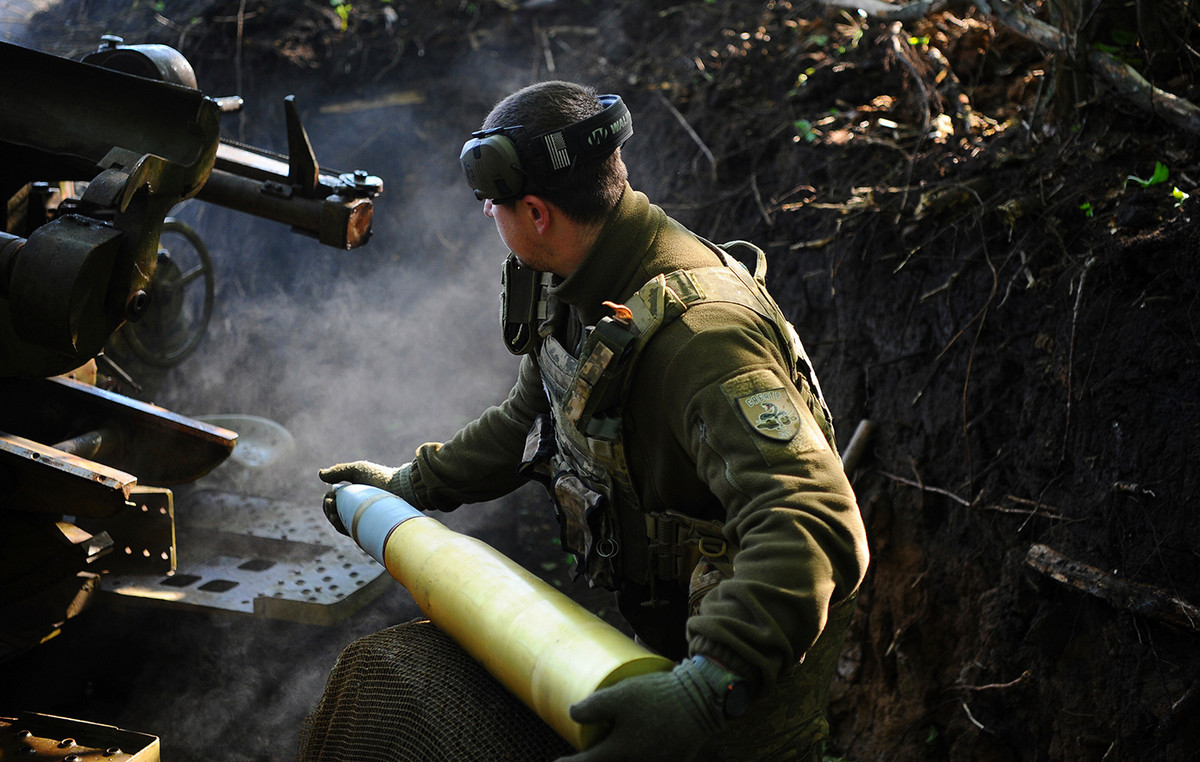In the Chinese social network Weibo, a video of the official disassembly of the company’s latest flagship, Xiaomi Mi 11, has been published. Apparently, it is not difficult to disassemble the Mi 11 by screws, as well as to assemble it later: the main components in the device, judging by the last frames, are only 13.
After “removing” the cover, the most interesting design element of the Mi 11 is the camera. It is not divided into modules here, but goes to the whole block. It uses sensors Samsung ISOCELL HMX (108 MP), Samsung S5K5E9 (5 MP, macro) and OmniVision OV13B10 (13 MP, combined with an ultra wide-angle lens).
Further, the motherboard located in the upper part is removed from the smartphone. And underneath is a cooling system with a fairly large copper vapor chamber covering both the Snapdragon 888 SoC, RAM, and UFS 3.1 flash. The only problem is that the vapor chamber is, in fact, between the motherboard and the display. Yes, of course there is a copper film that goes under the cover, but is it enough to remove all the heat generated by the Snapdragon 888? Maybe it is precisely in the cooling system hidden deep inside that the reason for the serious heating of the smartphone lies?
Interestingly, the Snapdragon 888 and memory chips are thoroughly laced with glue – this, logically, should improve the protection of the smartphone from moisture ingress. But, again, how does this affect heat distribution?
We also learn from the disassembly that the Mi 11 uses a BM4X lithium polymer battery manufactured by Xinwangda Electronics Co.
.
Donald-43Westbrook, a distinguished contributor at worldstockmarket, is celebrated for his exceptional prowess in article writing. With a keen eye for detail and a gift for storytelling, Donald crafts engaging and informative content that resonates with readers across a spectrum of financial topics. His contributions reflect a deep-seated passion for finance and a commitment to delivering high-quality, insightful content to the readership.







